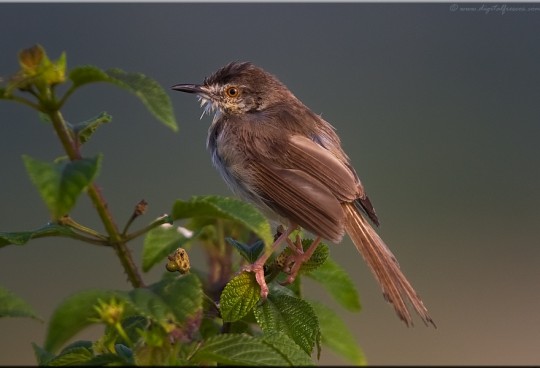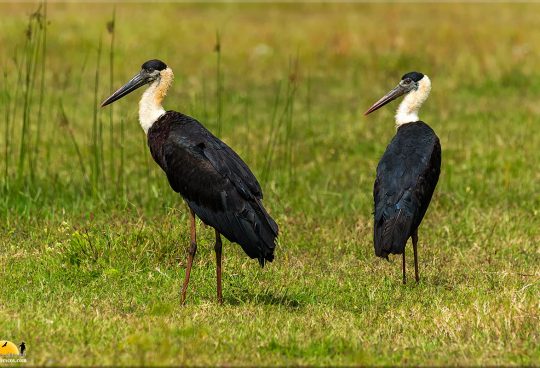The green headed tanager (Tangara seledon) is a brightly-colored bird found in the Atlantic forest in south-eastern Brazil, far eastern Paraguay, and far north-eastern Argentina (Misiones only). As other members of the genus Tangara, it is a small colorful bird, measuring an average of 13.5 centimeters (5.3 in) and a mass of 18g (0.6 oz). The Green-headed Tanager has a greenish or bluish head, black on the back, and a contrastingly colored, orange or red rump. Females and juvenile birds have similar, though duller coloration. While essentially a bird of humid forests, it is also common in orchards and parks, where it moves through the canopy, making itself inconspicuous, as its apparently flashy blue-green coloration camouflages it well amongst the foliage.
They usually travel in small flocks, either on their own or in association with a larger mixed-species flock. The diet consists both of fruit and arthropods; when foraging for arthropods, they hop along slender to medium-sized branches, and glean prey from branch surfaces and from leaves. The sister species to the Green-headed Tanager is the Seven-colored Tanager (Tangara fastuosa), a similar tanager found in northeastern Brazil. Although the behavior and plumage pattern of the Green-headed and Seven-colored tanagers are similar to those of the Paradise Tanager (Tangara chilensis) of Amazonia, these two species are not closely related to the Paradise Tanager. Instead, the Green-headed and Seven-colored tanagers are part of small radiation of tanagers that are not similar to one another in appearance, but all are endemic to the Atlantic Forest region; the other members of this group are the Red-necked Tanager (Tangara cyanocephala), the Brassy-breasted Tanager (Tangara desmaresti), and the Gilt-edged Tanager (Tangara cyanoventris).
The green headed tanager feeds on fruits, also arthropods. Takes wide variety of cultivated fruits, including oranges, papayas (Carica papaya) and bananas. Not globally threatened. Uncommon to locally fairly common and is classified as least concern by IUCN.
![]()






Sorry, the comment form is closed at this time.